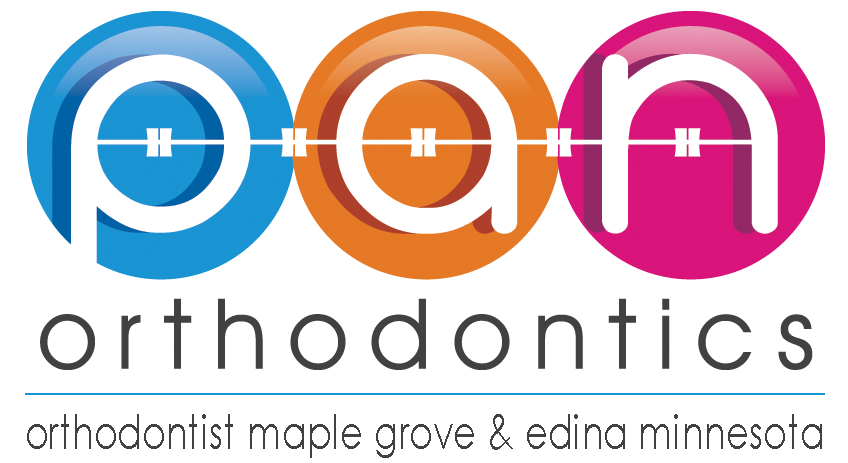How Do You Fix a Crossbite?
A type of malocclusion (misalignment), a crossbite occurs when the upper teeth do not properly align with the lower teeth. A crossbite comes in two different types:
Anterior Crossbite: Lingual occlusion between the upper anterior teeth (canines and incisors) and lower anterior teeth. With this form of crossbite, some or all of the canines and incisors are behind the lower anterior teeth. In some instances, the upper front teeth are completely hidden by the lower front teeth.
Posterior Crossbite: As opposed to an anterior crossbite, this misalignment results in the top back teeth sitting inside the bottom back teeth. It is caused by an irregular narrowing of the palate (roof of the mouth) and upper teeth and can develop on one or both sides of the mouth.
Causes of a Crossbite
Genetics: Genetics is the primary cause of crossbites as some patients have lower jaws that are larger than their upper jaw. Patients with family histories of crossbites, may want to consult an orthodontist early in life for treatment.
Mouth Breathing: Facial growth can be affected by mouth breathing. This can exacerbate the chances of developing crossbites especially in children with smaller upper jaws.
Delayed Permanent Teeth Eruption: If baby teeth fail to fall out and permanent teeth are prevented from erupting, a crossbite can result. Typically, these baby teeth will need to be removed to allow adequate room for the permanent teeth to grow into.
Childhood Habits: Habits like thumb sucking or using a pacifier excessively, can alter a child’s jaw growth and increase their chances of developing a crossbite.
How to Fix a Crossbite
It is always best to address a crossbite early in childhood to prevent other dental complications and jaw issues from developing in adulthood. However, there are treatment options for adults, but the choices are more limited due to the jaw and teeth being fully developed.
- Clear Aligners (Invisalign): The popularity of clear aligners to treat crossbites has grown in recent years. One of the best known and most effective brands is Invisalign. These clear aligners cover the entire upper and lower teeth surfaces allowing the affected tooth or teeth to move without affecting opposing teeth.
- Orthodontic Braces: Most crossbite cases can be treated using orthodontic braces. Should only a single tooth be affected, braces can move the tooth effectively into the correct position without requiring additional orthodontic appliances for help.
- Rapid Palatal Expander: Should a crossbite be severe, the orthodontist may recommend a dental expansion procedure in conjunction with clear aligners or braces. Rapid palate expanders (RPE)help widen dental arches to fix posterior crossbites. These devices fit over certain posterior teeth in the upper jaw and is connected in the middle with a screw. The screw is turned incrementally every day to activate the RPE.
- Reverse-Pull Headgear: Also known as a face mask, these devices have pads attaching to the chin and forehead with a facemask frame between them. Rubber bands are connected from the anchoring devices on the braces to the frame. The headgear helps move the upper jaw forward to properly align the upper and lower teeth over time.
